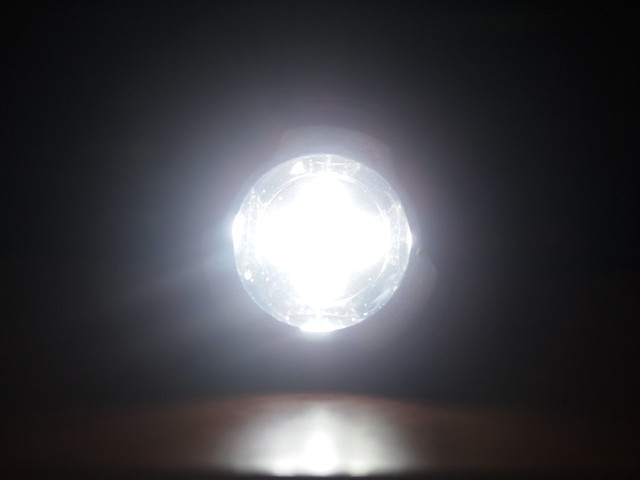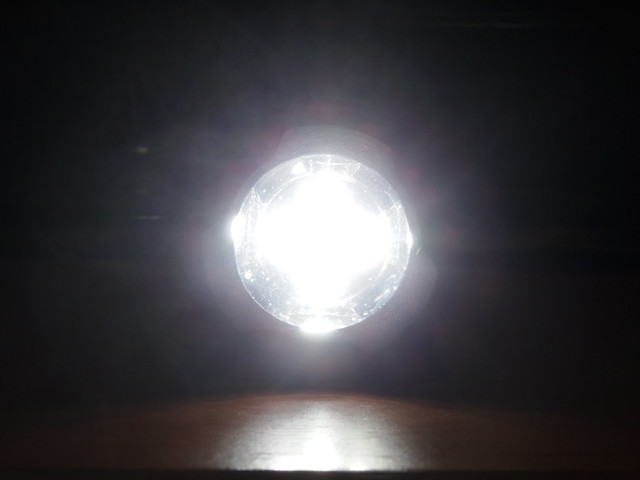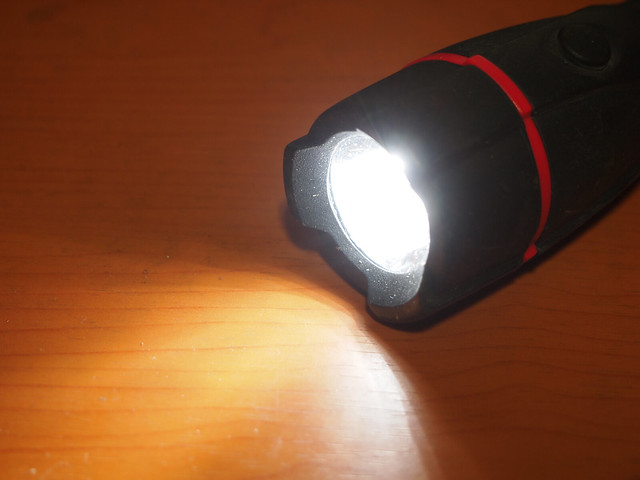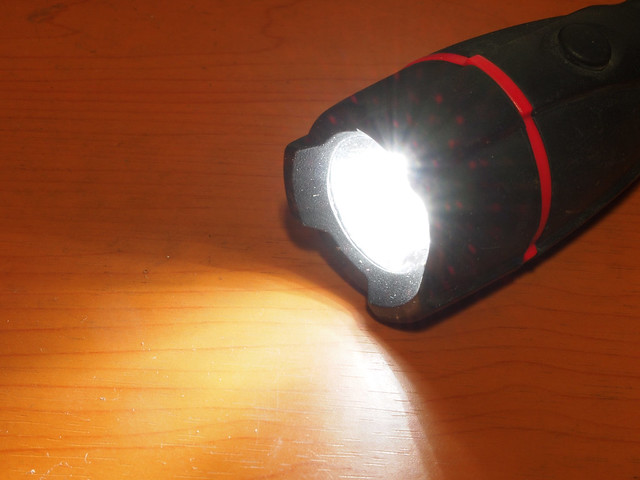cpuer said:I cannot help it, here's my GRD3 at F9(the max):
Also have the spots, but more random than EPL2 geometrically shown. And less pronounced.
This looks like typical flare, epl2 one looks odd
cpuer said:I cannot help it, here's my GRD3 at F9(the max):
Also have the spots, but more random than EPL2 geometrically shown. And less pronounced.





When I shot a torchlight at f/22 with the 14-42mm II kit lens on both the EPL2 and GF2 bodies, the red spots only showed up on the image from EPL2.guys, would like to know if this red spot issuse is due to the camera/ lens that is used? has anyone tried using it with other lens on epl2?
Tomcat, thanks a lot for your reply. although there are no official news from olympus about this issuse, but i think you've got a point there.When I shot a torchlight at f/22 with the 14-42mm II kit lens on both the EPL2 and GF2 bodies, the red spots only showed up on the image from EPL2.
Since the same lens was used, it's not a lens issue. And since both bodies are supposed to use the same CMOS sensor, it is most probably also not a sensor problem. The other component that is in the path of the light beam from subject to sensor is the anti-aliasing filter which is the one component that is unique to each of the 2 cameras. The red spots could be due to flares caused by reflections off the surface of the anti-aliasing filter of the EPL2 while the anti-aliasing filter of the GF2 would seem to be less susceptible to the red spot problem.
That my guess.
Oly5050 said:U guys are mad...this is a flare issue. Point any camera at a strong enough lightsource and u will get it. This is really a bo-liao issue started by some bo-liao person in China.
When I shot a torchlight at f/22 with the 14-42mm II kit lens on both the EPL2 and GF2 bodies, the red spots only showed up on the image from EPL2.
Since the same lens was used, it's not a lens issue. And since both bodies are supposed to use the same CMOS sensor, it is most probably also not a sensor problem. The other component that is in the path of the light beam from subject to sensor is the anti-aliasing filter which is the one component that is unique to each of the 2 cameras. The red spots could be due to flares caused by reflections off the surface of the anti-aliasing filter of the EPL2 while the anti-aliasing filter of the GF2 would seem to be less susceptible to the red spot problem.
That my guess.

Well, I think that is a valid issue, only Olympus E-PL2 gives this kind of effect, never seen anything like it. It reminds me of the Star filter, maybe Olympus has a red spot filter they forgot to take out of the camera :bsmilie:.
However, will someone shoot a nighttime cityscape with bright lights at f/11 ? This is a very common scene. If it passes this, then I don't think there is much issue, at least for me.
And for nighttime street shooting, like the very crowded Chinatown market now at nighttime, with lots of lights, almost all would be handholding anyway at faster speeds. I did see a couple using tripods, maybe they were shooting static stores/stalls with lots of blur movement around ... can be interesting ...
been tossing around in bed thinking about it all night and I just realized..... :
"AIYOH!!! There are worse things to worry about in such situations when these red things appear..... like one's ability to meter/compose an image to avoid the TOTALLY WHITE BLOWN-OUT HIGHLIGHTS [and FLARE] in the first place" (that go hand in hand with these red spots past a certain f-stop) (blown out highlights which cannot be corrected even in post-processing )
Over the last few decades, photographers have used accessories like ND and G-ND filters to address this age old issue of film's+sensor's Dynamic Range limitations
Wasted a whole night's sleep .....

